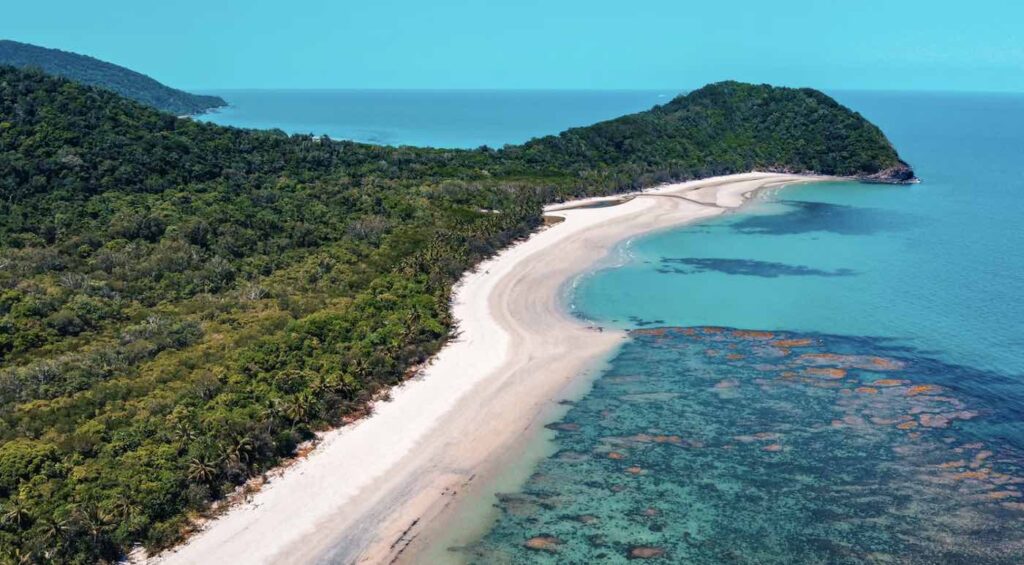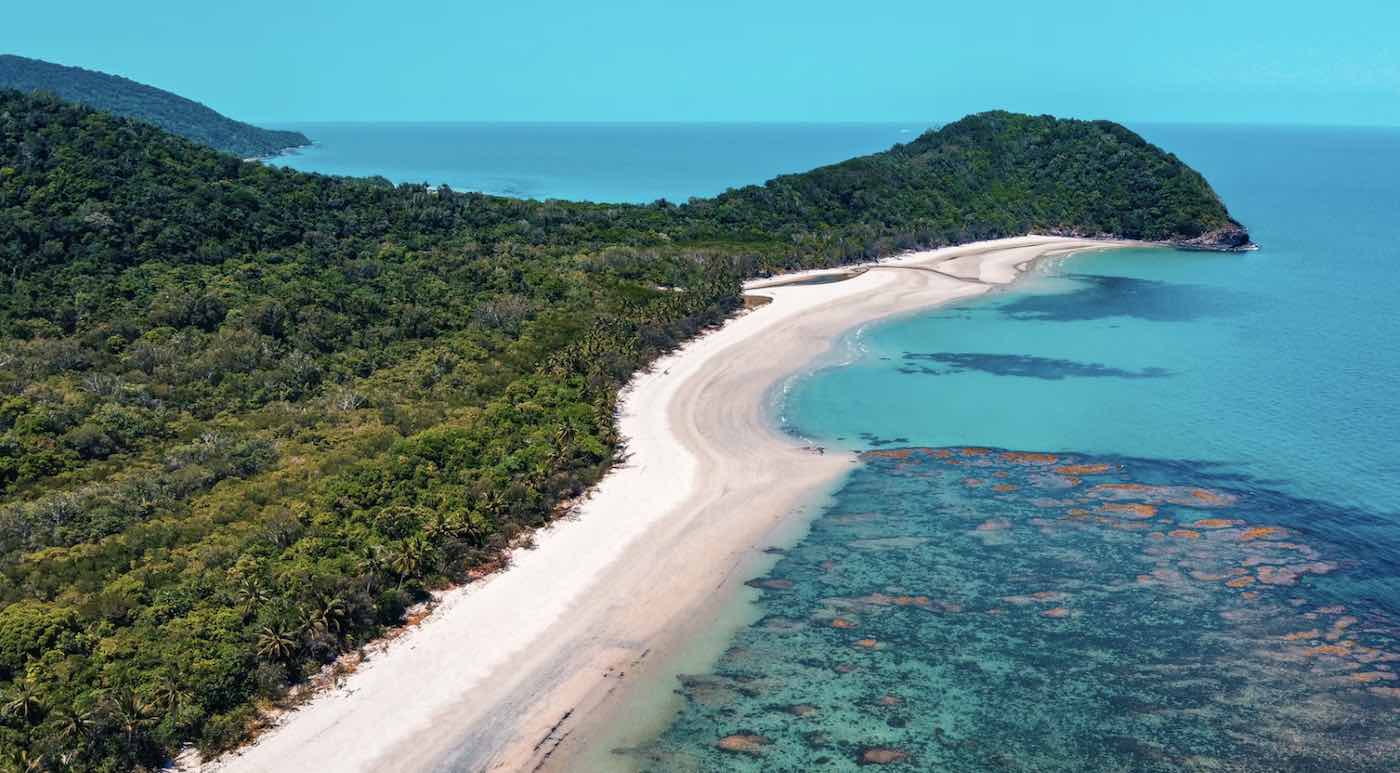
Joining the United States and a number of other countries, Australian officials have committed to preserve 30% of the continent’s landmass in a natural state for conservation.
The news was announced Tuesday from Environment Minster Tanya Plibersek, as part of a program called the Threatened Species Action Plan: Towards Zero Extinctions.
By prioritizing 110 species and 20 places, the plan will drive action where it is needed most and will deliver knock-on benefits to other threatened plants and animals in the same habitats.
The plan is the Australian counterpart to the “30×30” initiative that is trending among countries, and which arose out of the COP26 commitments to preserve 30% of lands and waters by 2030.
One of the most biologically diverse countries on Earth, so many of Australia’s animals, particularly her mammals, are found nowhere else on our planet.
“The Threatened Species Action Plan strengthens our commitment to stopping the extinction of Australia’s plants and animals,” said Plibersek. “Based on input from researchers and experts from the community, this plan identifies 20 priority places and 110 priority species and will guide recovery actions that will benefit a broad range of threatened species and their habitats.”
The plan was announced alongside 20 listings of species and 3 of ecosystems on the nation’s threatened list, and AUD$224 million – USD$146 million in total funding to protect them.
RELATED: Bigger than Texas: Huge New Marine Park Will Protect ‘Australia’s Galapagos’
In total around 50 million hectares are expected to be provided for under the plan, which also mandates a 5-year review.
Recently, Australian conservationists have had big success with certain goals, particularly the protection or restoration of island ecosystems like Macquarie Island on which nearly 300,000 rabbits were eradicated to restore the natural ecosystem, and Lord Howe Island which had a similar story but with rats. Both of which are UNESCO Natural Heritage Sites.
In the far northern area of Queensland, environmentally sensitive areas are continuously returned to indigenous hands to be managed as national parks. So far these kinds of transfers have amounted to nearly 4.7 million hectares.
WATCH a Reuters video from Australia… (*Note: GNN is not affiliated with any ads.)
SHARE This Mega Commitment To Conservation…




















